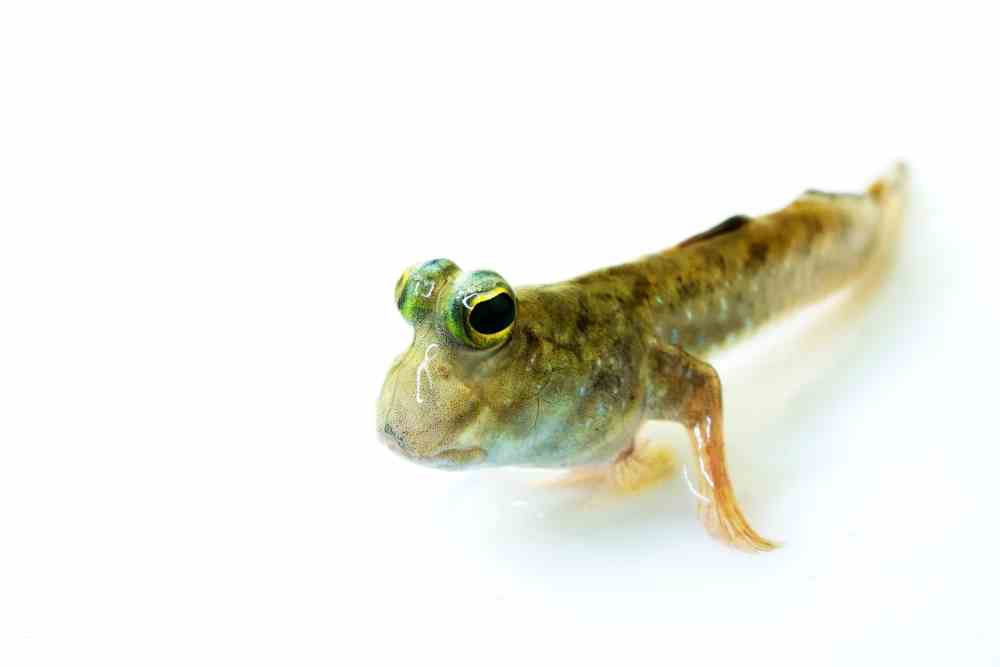Fish are not amphibians. Fish are a type of vertebrate that lives in water and breathes with gills. Amphibians are a type of vertebrate that can live in water or on land. They have moist skin and breathe with their lungs.

Is Fish An Amphibian?
Fish are not amphibians because they do not have lungs. Fish get their oxygen from the water and use their gills to extract it. Amphibians breathe with their lungs when they are on land and use their gills to extract oxygen from the water when they are in the water. Fish also have scales that protect them from parasites and predators. Amphibians do not have scales.
Fish vs Amphibians
The word “fish” is used to describe a wide variety of animals that live in water. Fish can vary in size from tiny, minnow-like creatures to massive sharks and whales. They can be slim and streamlined like a swordfish or torpedo, or they can be round and pudgy like a goldfish.
Fish have gills which allow them to extract oxygen from the water and they usually have scales which help protect them from predators. They also have fins which help them move through the water and sometimes these fins can be used for camouflage.
Most fish are carnivores and eat other animals, but there are some species of fish that are herbivores or omnivores. Fish can be found in salt water and fresh water habitats all over the world.
An amphibian is a cold-blooded, vertebrate that can live in water and on land. Amphibians have smooth, slimy skin that helps them slide through the water.
They also have webbed feet and gills for breathing underwater. Some amphibians can live outside of water for extended periods of time by absorbing moisture from the air.
The word amphibian comes from the ancient Greek amphisbaena, meaning “both ways.” This referred to the creature’s ability to move on both land and water. Amphibians are a class of animals that includes frogs, toads, newts, salamanders, and caecilians.
They are ectothermic (cold-blooded), which means their body temperature depends on the environment. Amphibians have moist skin and slimy secretions that help them move through the water.
They also use these secretions to keep their eggs moist until they hatch. Amphibians breathe through their skin and lungs. Some can also breathe through their mouth when they are underwater.
Amphibians are a class of animals that can live on land or in water. They are the first vertebrates to evolve lungs, which gives them the ability to breathe air. Many amphibians reproduce by laying eggs in water, but some give birth to live young.
The link between fish and amphibians is that they are both vertebrates. Fish are a type of water-dwelling animal that have scales and gills, while amphibians are a class of animals that includes frogs, toads, newts, and salamanders.
Amphibians are able to live on land and in water because they have four limbs (two for walking and two for swimming), whereas fish do not have any limbs. Another distinction between fish and amphibians is that amphibians typically lay eggs in water, whereas fish give birth to live young.